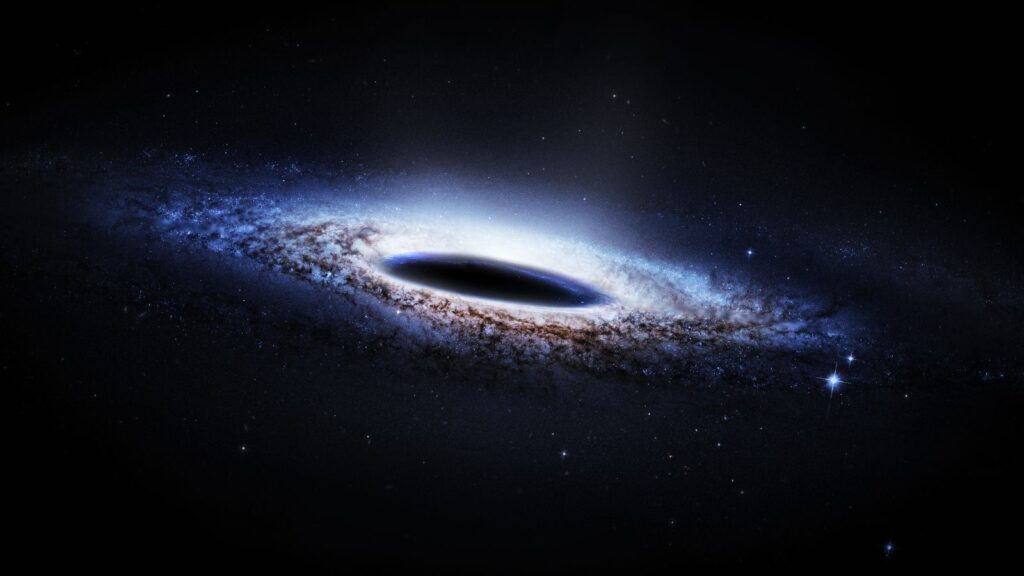Science is full of surprises. Many theories once considered ludicrous have turned out to be true, fundamentally changing our understanding of the world. From tiny particles to vast cosmic phenomena, these ideas were often met with scepticism but eventually proved their worth. These are 20 of the wildest scientific theories that turned out to be true.
The Earth Orbits the Sun
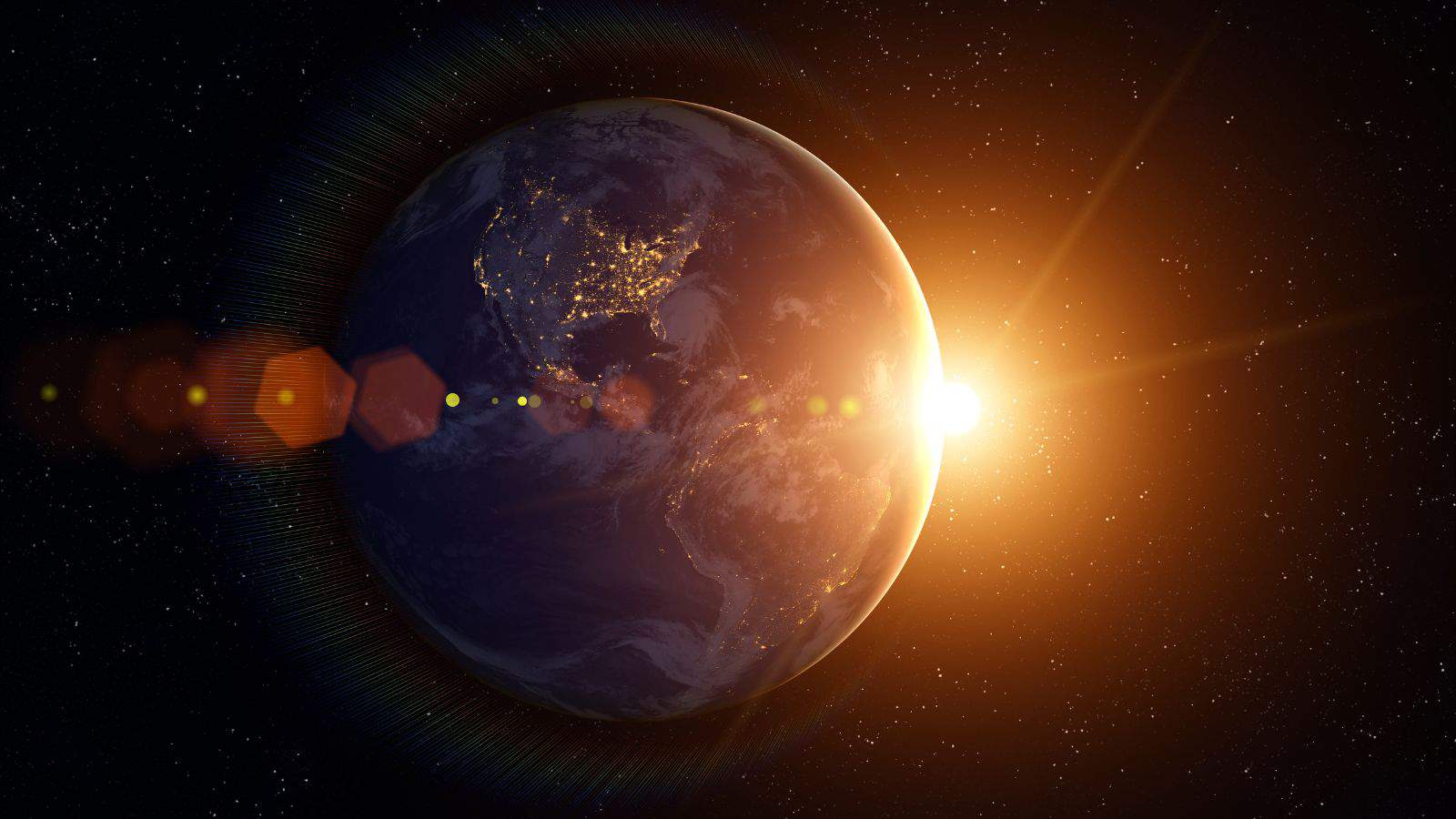
In the 16th century, Nicolaus Copernicus “argued that the planets circled the Sun,” reveals the BBC, and that the Earth was not the centre of the universe. This heliocentric theory was revolutionary and controversial, challenging the long-held geocentric model endorsed by the Church. Over time, through the work of astronomers like Galileo and Kepler, evidence mounted in support of Copernicus’s theory.
Continental Drift
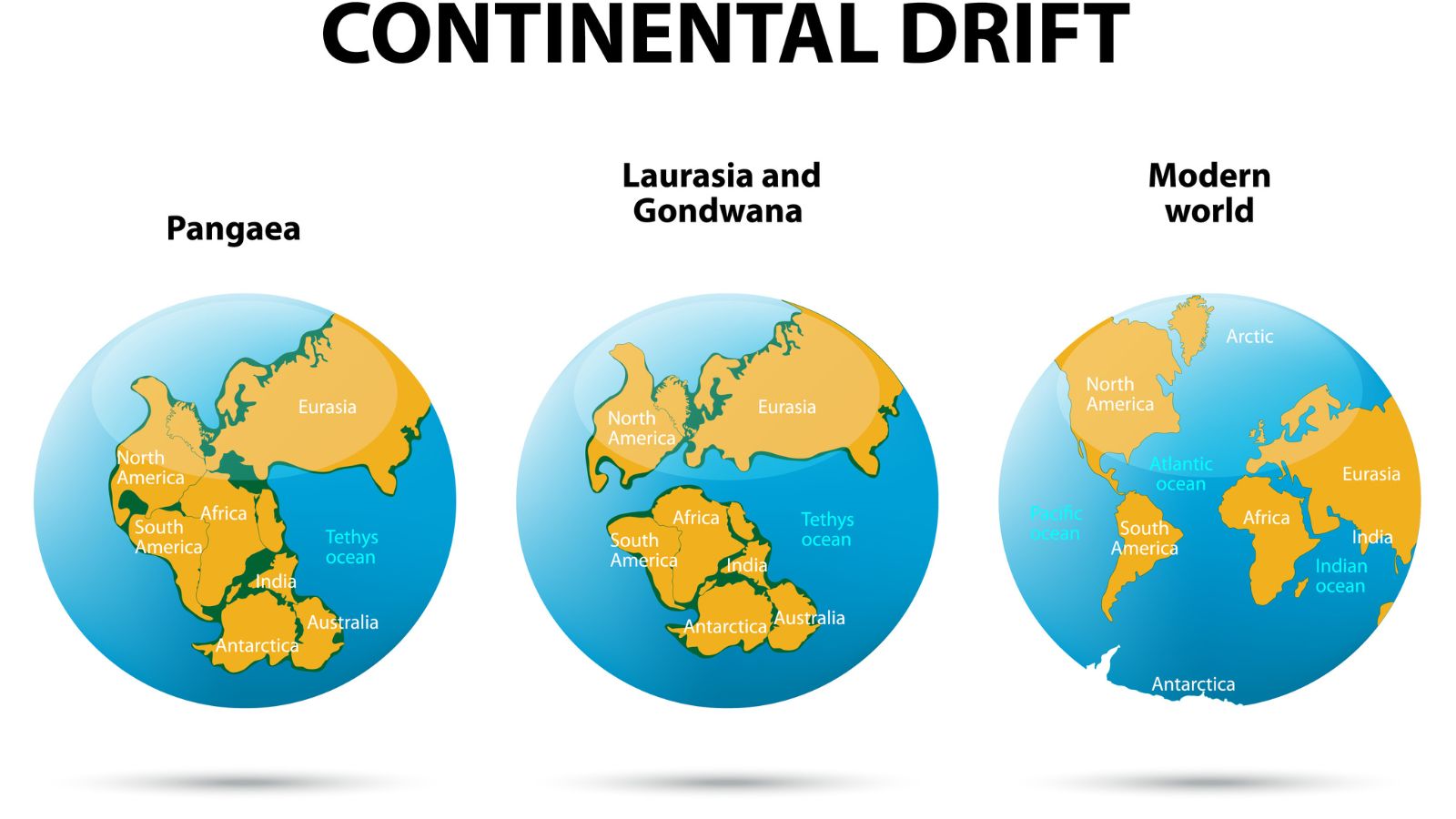
When Alfred Wegener suggested in 1912 that continents drifted across the Earth’s surface, his peers scoffed. The idea of continental drift seemed preposterous without a mechanism to explain how massive landmasses could move. Decades later, the theory of plate tectonics provided the answer, revealing that the Earth’s crust is divided into plates that float on the molten mantle.
Germ Theory of Disease

Before the mid-19th century, the notion that tiny, invisible organisms caused disease was considered absurd. Illnesses were attributed to miasmas, or ‘bad air,’ and supernatural forces. Louis Pasteur and Robert Koch changed all that by demonstrating that microorganisms were indeed responsible for many diseases. The germ theory of disease revolutionised medicine, leading to sterilisation practices and more.
Quantum Mechanics
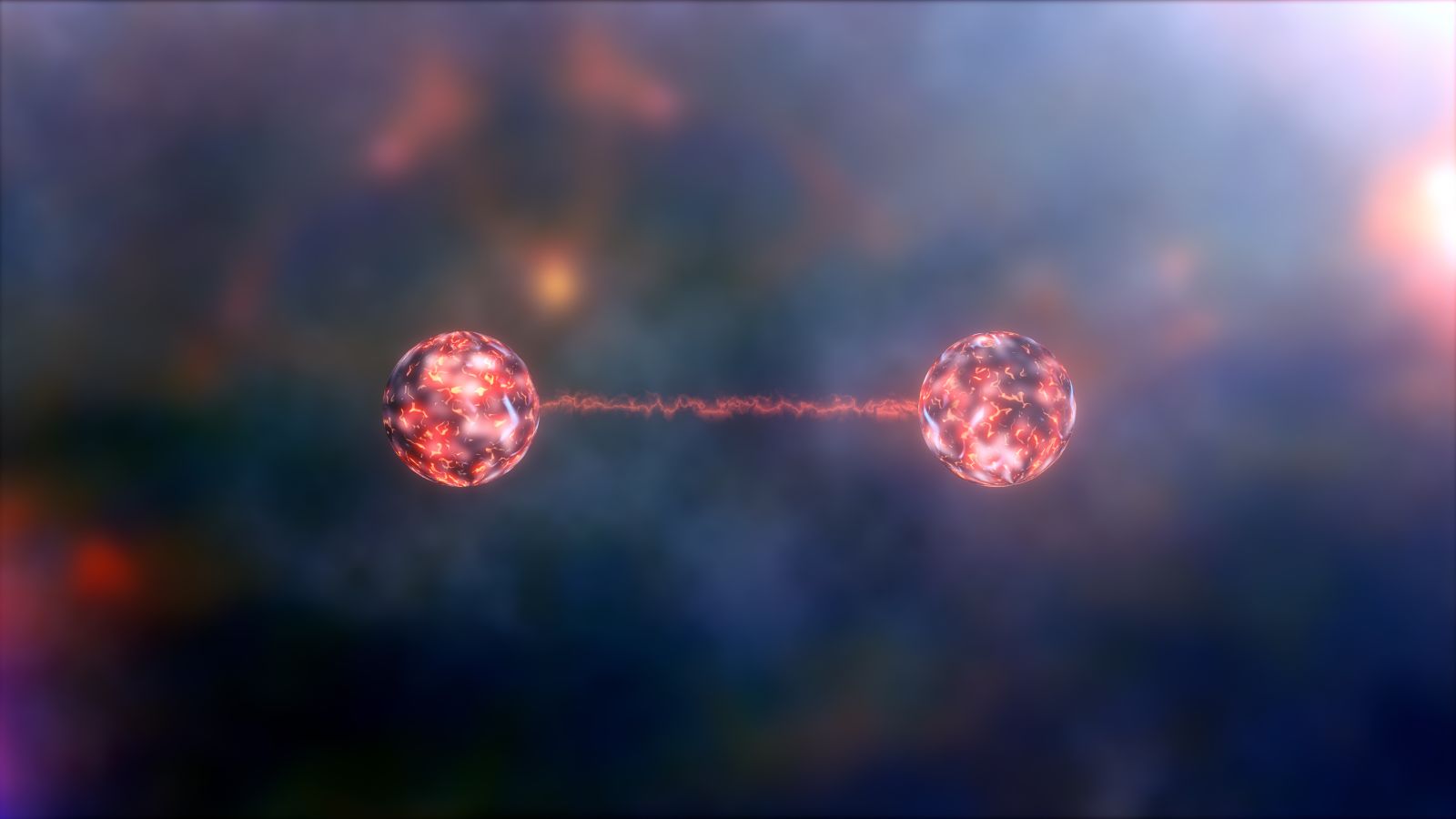
The emerging field of quantum mechanics in the early 20th century presented a bizarre and counterintuitive picture of the microscopic world. Particles could exist in multiple states simultaneously and appear to be in different places at once. These concepts seemed nonsensical to many scientists of the time. However, experiments consistently confirmed quantum mechanics‘ predictions.
The Expanding Universe
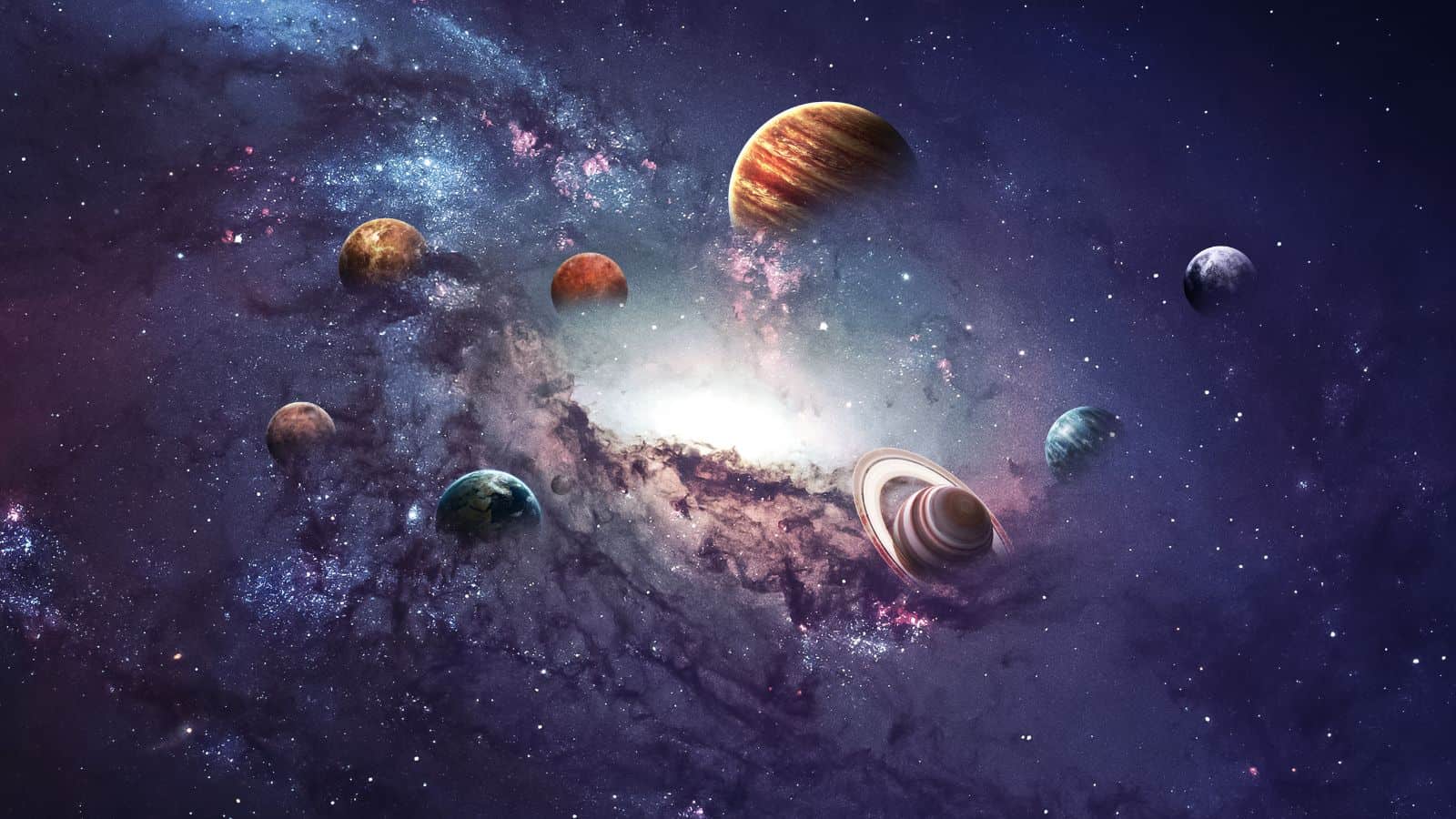
When Edwin Hubble observed in the 1920s that distant galaxies were moving away from us, he concluded that the universe was expanding, a radical departure from the static universe model that had prevailed. Hubble’s discovery implied that the universe had a beginning—the Big Bang. This idea was initially met with resistance, but overwhelming evidence has since confirmed it.
Relativity
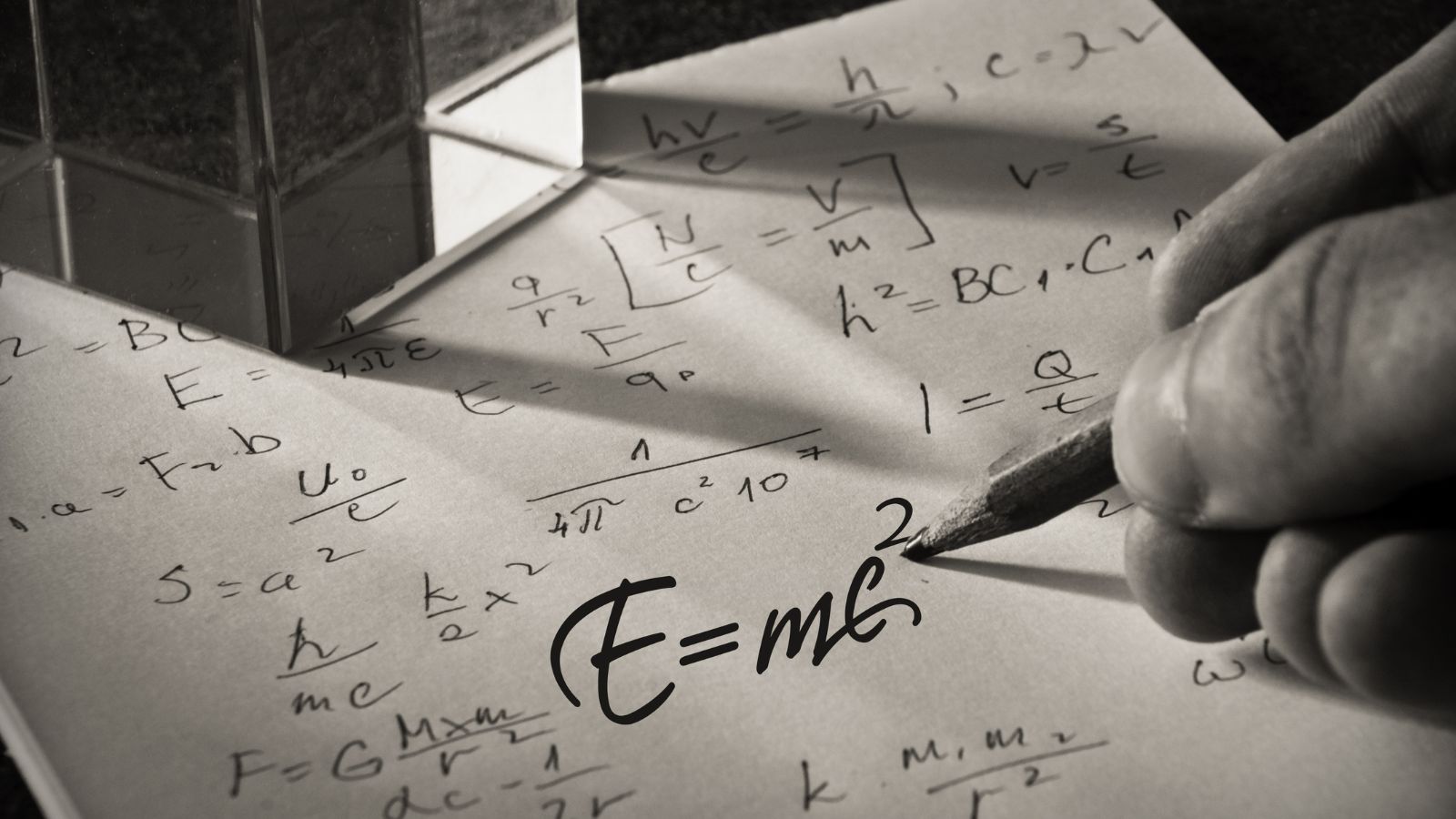
Albert Einstein’s theory of relativity was nothing short of revolutionary. It introduced the idea that space and time are interconnected and that massive objects can warp the fabric of spacetime. While the concepts of time dilation and the curvature of space seemed outlandish, experiments and observations, such as the bending of light by gravity, have consistently validated Einstein’s theories.
The Higgs Boson
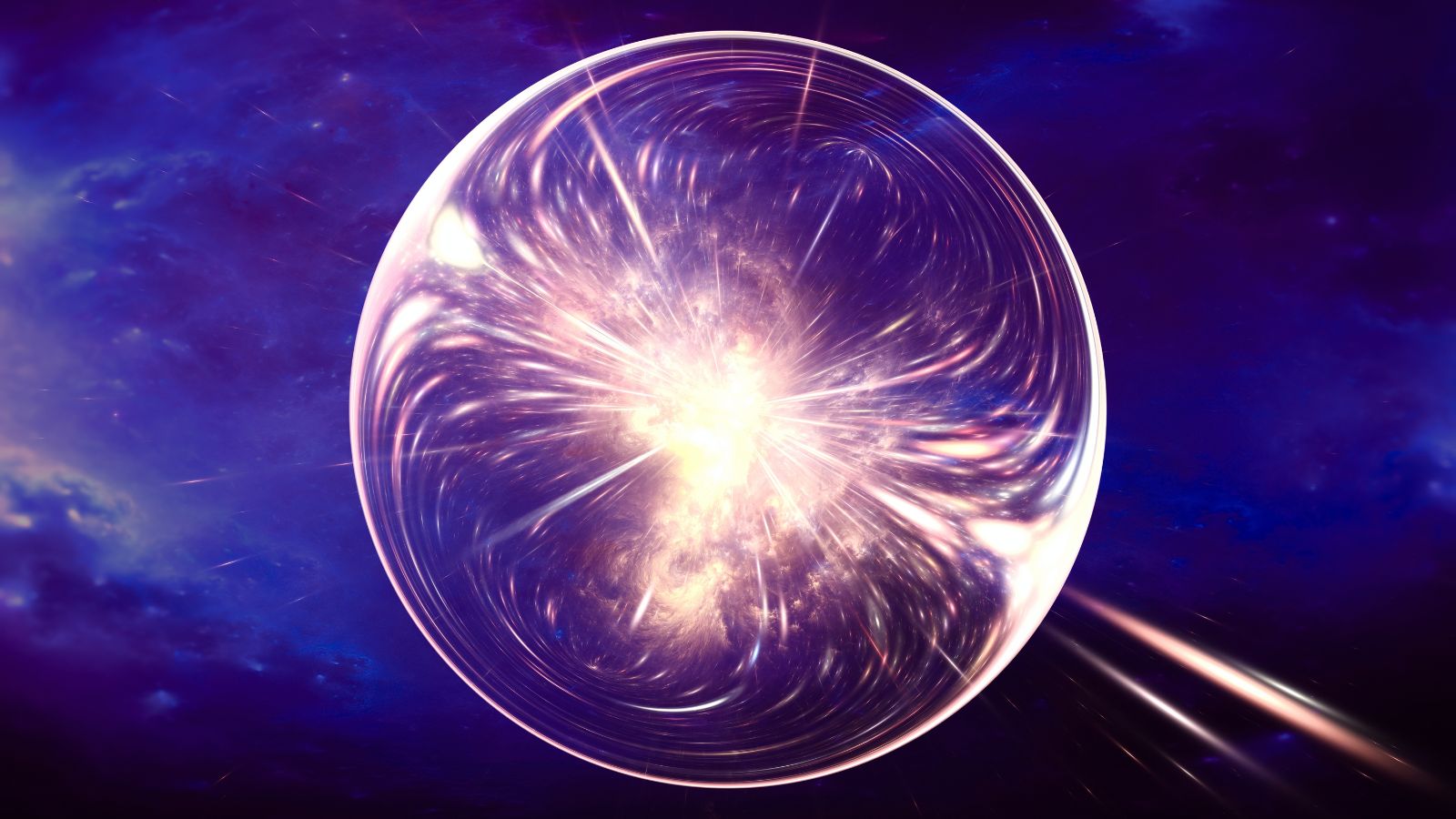
The existence of the Higgs boson, often called the ‘God particle,’ was theorised in the 1960s as a crucial part of the mechanism that gives particles mass. For decades, the Higgs boson eluded detection, leading some to doubt its existence. However, in 2012, scientists at CERN’s Large Hadron Collider confirmed its discovery.
Black Holes
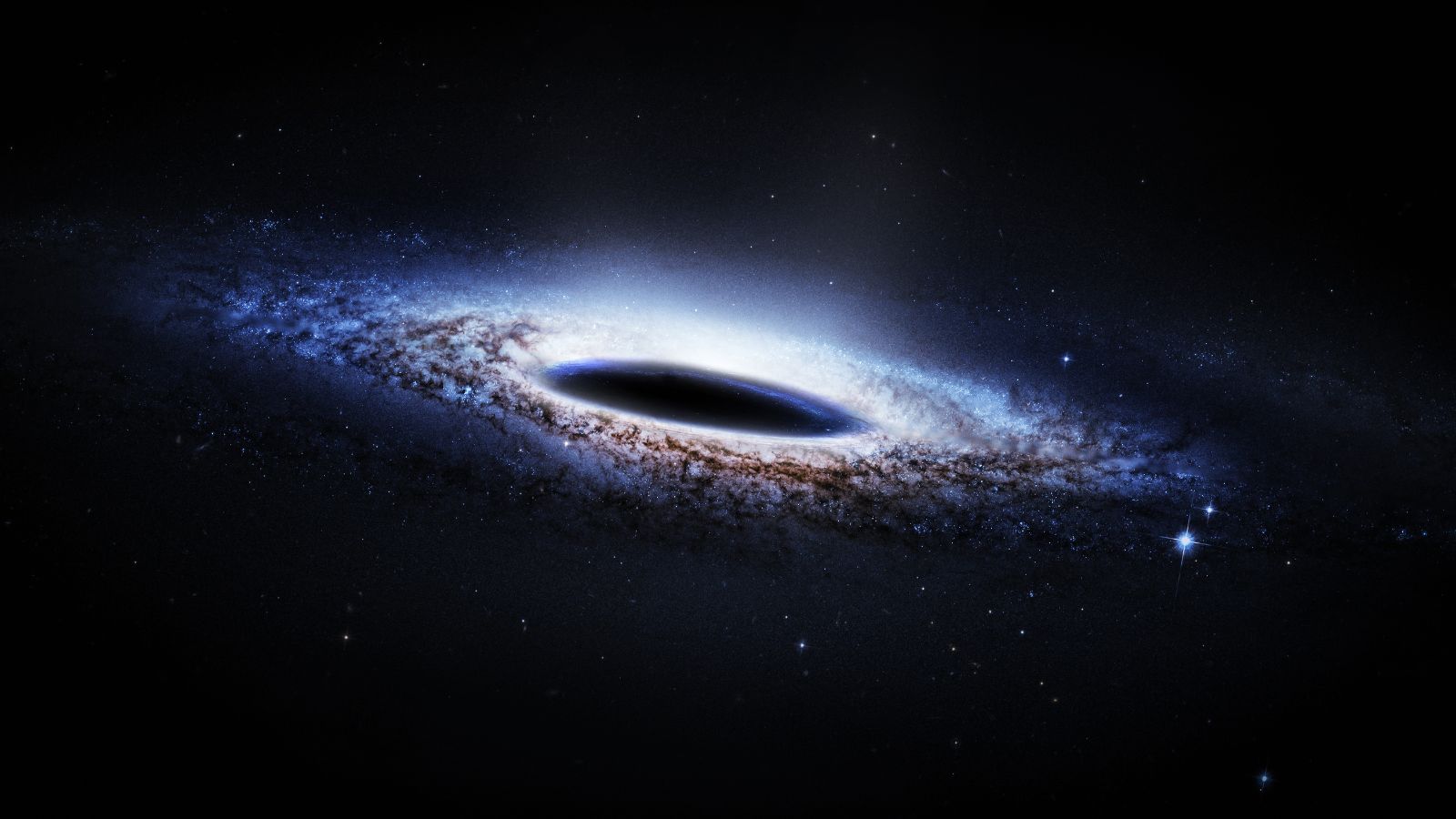
Arising from solutions to Einstein’s equations of general relativity, the concept of black holes was once purely theoretical. The idea that massive stars could collapse into infinitely dense points where gravity is so strong that not even light can escape seemed far-fetched. However, astronomical observations have since confirmed the existence of black holes, as we know.
Evolution by Natural Selection
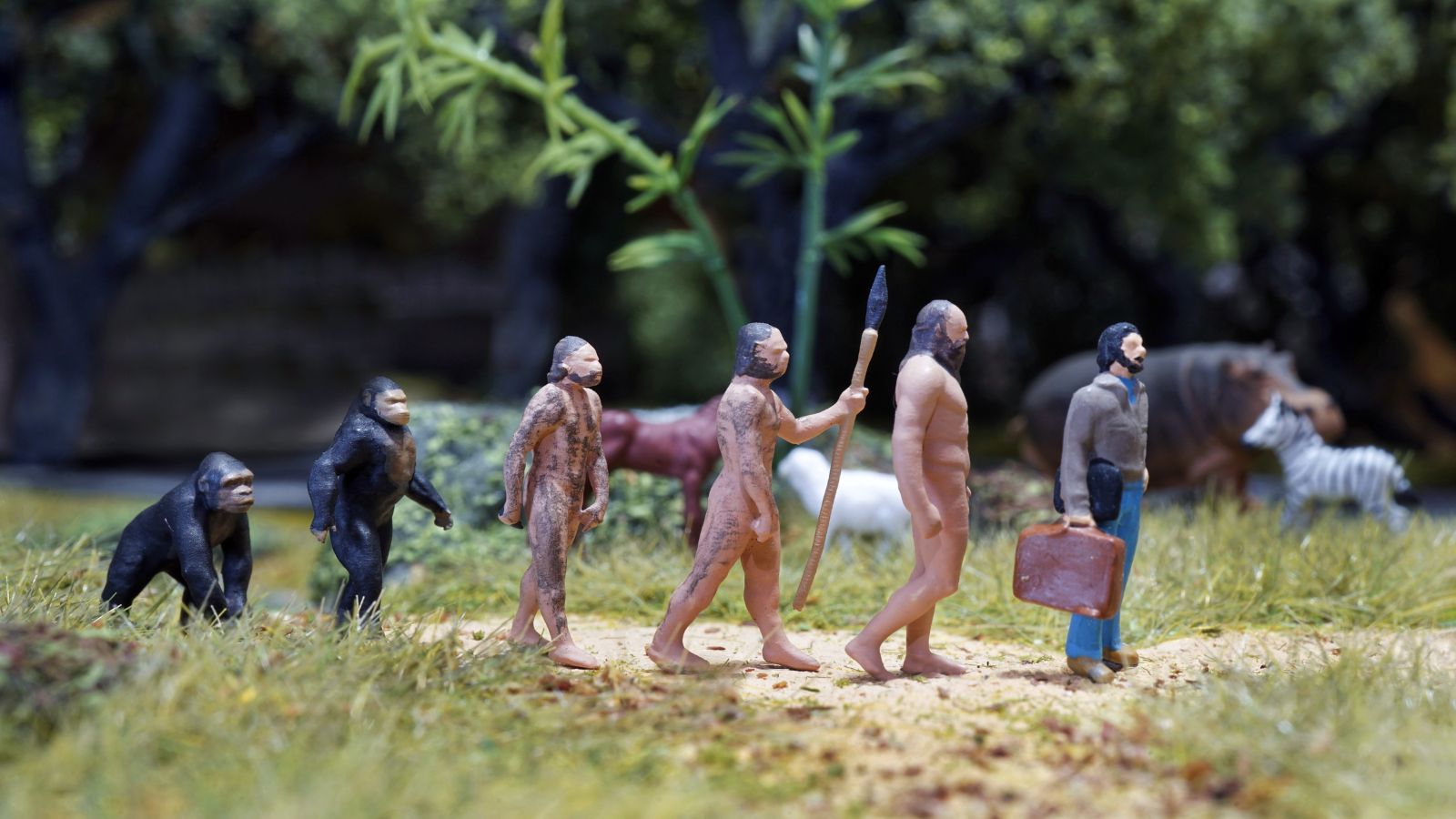
When Charles Darwin and Alfred Russel Wallace proposed the theory of evolution by natural selection in the 19th century, it challenged the prevailing views on the origin of species. It was controversial to think that species could change over time through gradual adaptations to their environments. However, overwhelming evidence from fossil records, genetics, and comparative anatomy has since confirmed the theory.
The Ozone Hole
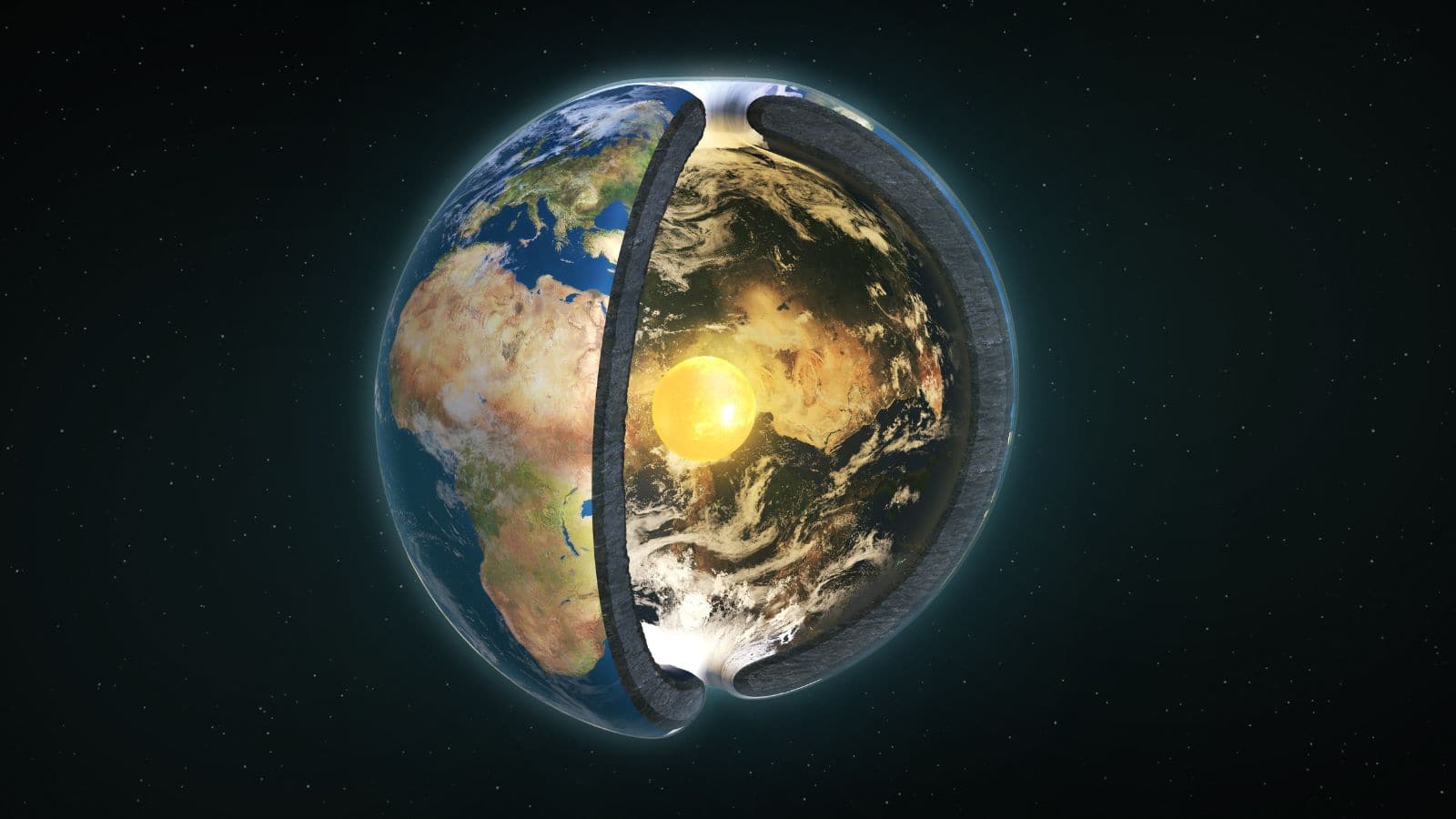
In the 1980s, scientists discovered a dramatic thinning of the ozone layer over Antarctica, dubbed the ‘ozone hole.’ The theory that man-made chemicals like chlorofluorocarbons (CFCs) were depleting the ozone layer faced initial scepticism. Yet, rigorous scientific investigation confirmed the link, leading to international agreements like the Montreal Protocol to phase out CFCs.
Dark Matter

The existence of dark matter was proposed to explain the gravitational effects observed in galaxies that couldn’t be accounted for by visible matter alone. This mysterious substance doesn’t emit or absorb light, making it invisible and initially sceptical. Yet, numerous observations, including the rotation curves of galaxies and cosmic microwave background measurements, have confirmed that dark matter constitutes about 27% of the universe.
The Big Bang Theory
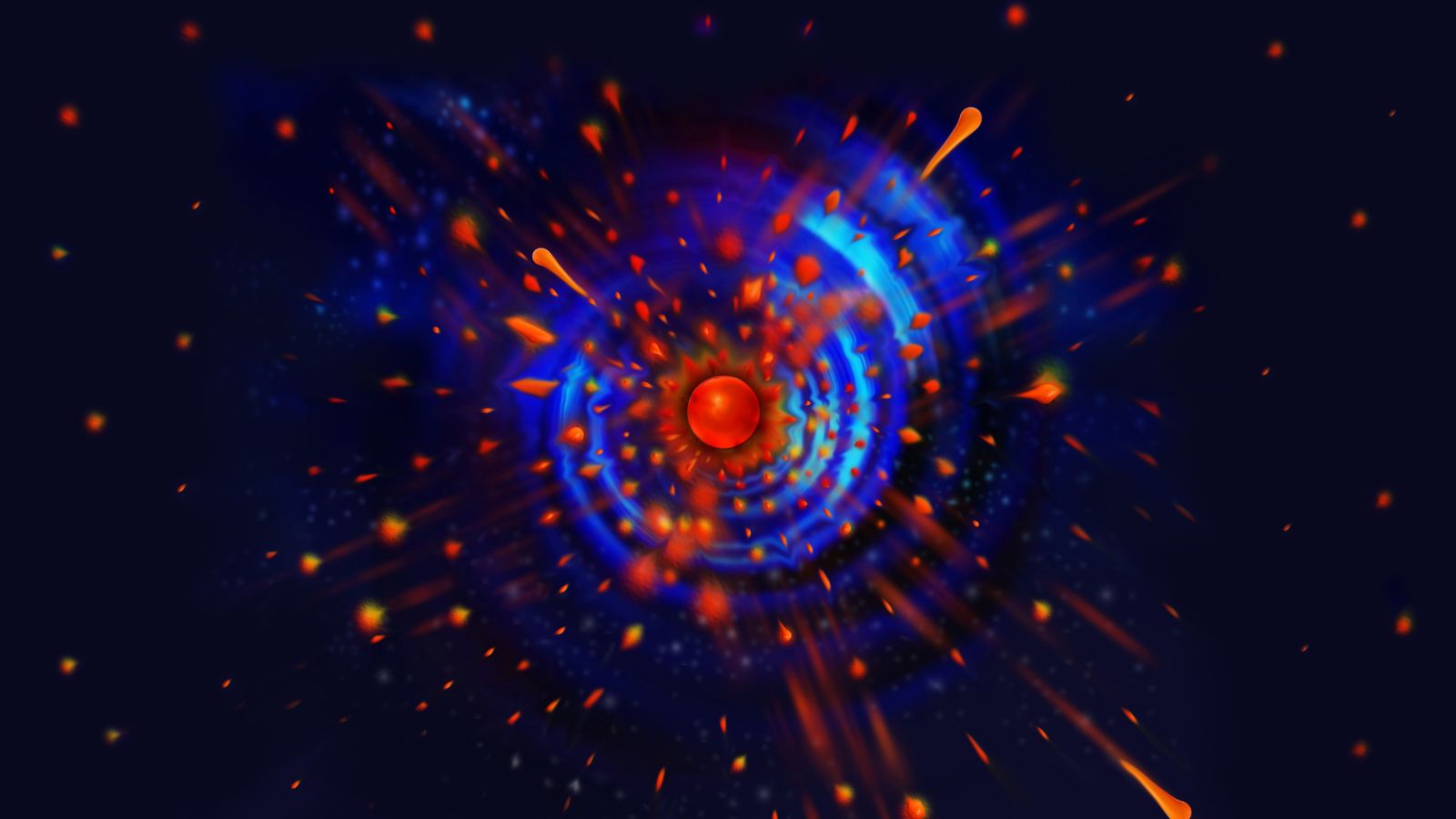
The Big Bang Theory, which posits that the universe began from an extremely hot and dense state and had been expanding ever since, was once considered highly speculative. The discovery of the cosmic microwave background radiation in 1965 provided compelling evidence supporting this theory, and further observations of the universe’s large-scale structure have solidified it as the leading explanation for our world.
Symbiosis
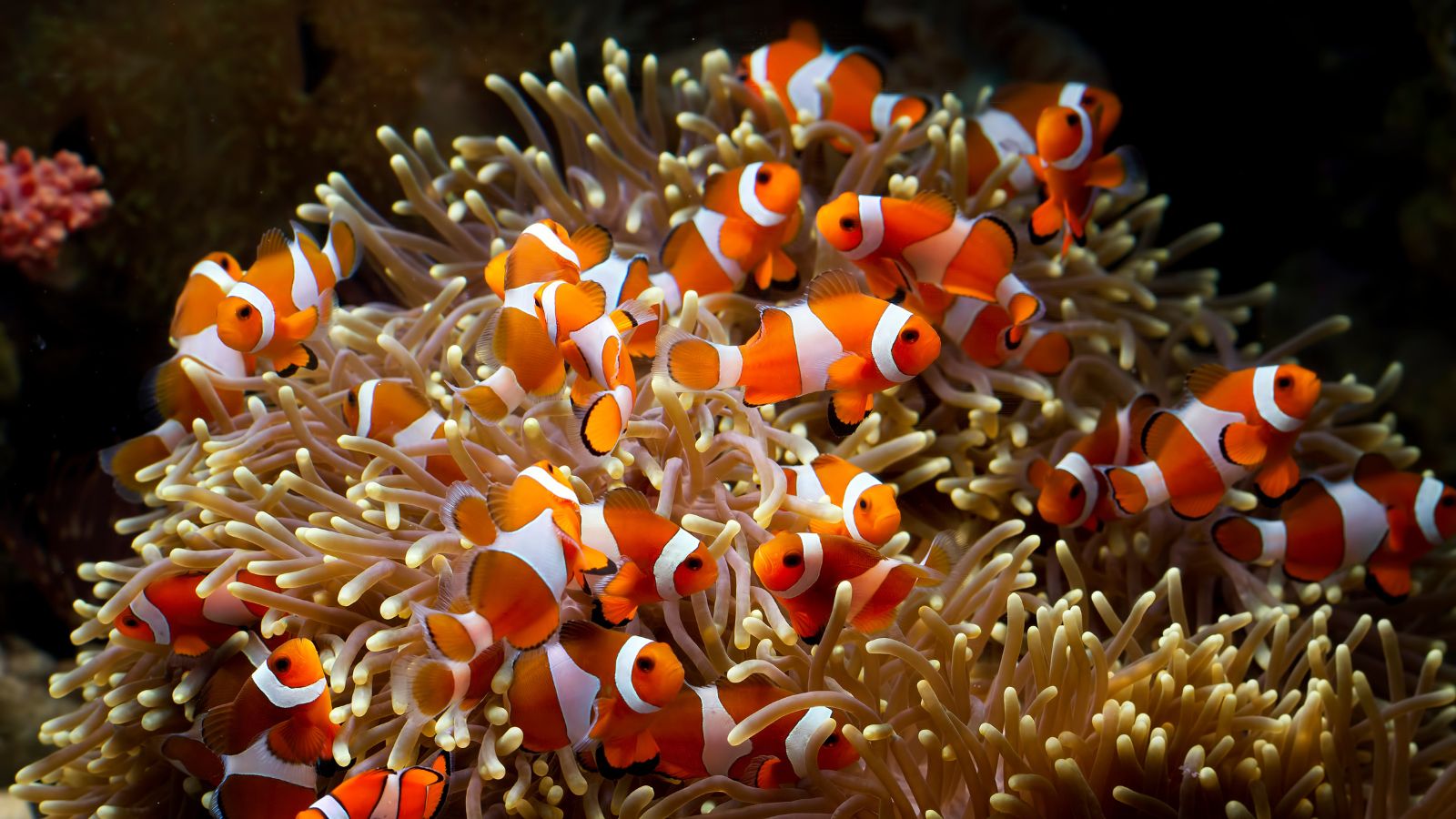
Known as symbiosis, the idea that different species could live in close, mutually beneficial relationships was once viewed as unusual. Nevertheless, research has revealed that symbiotic relationships are widespread and crucial for many organisms. For instance, the symbiosis between fungi and plant roots is essential for nutrient uptake.
The Neutrino
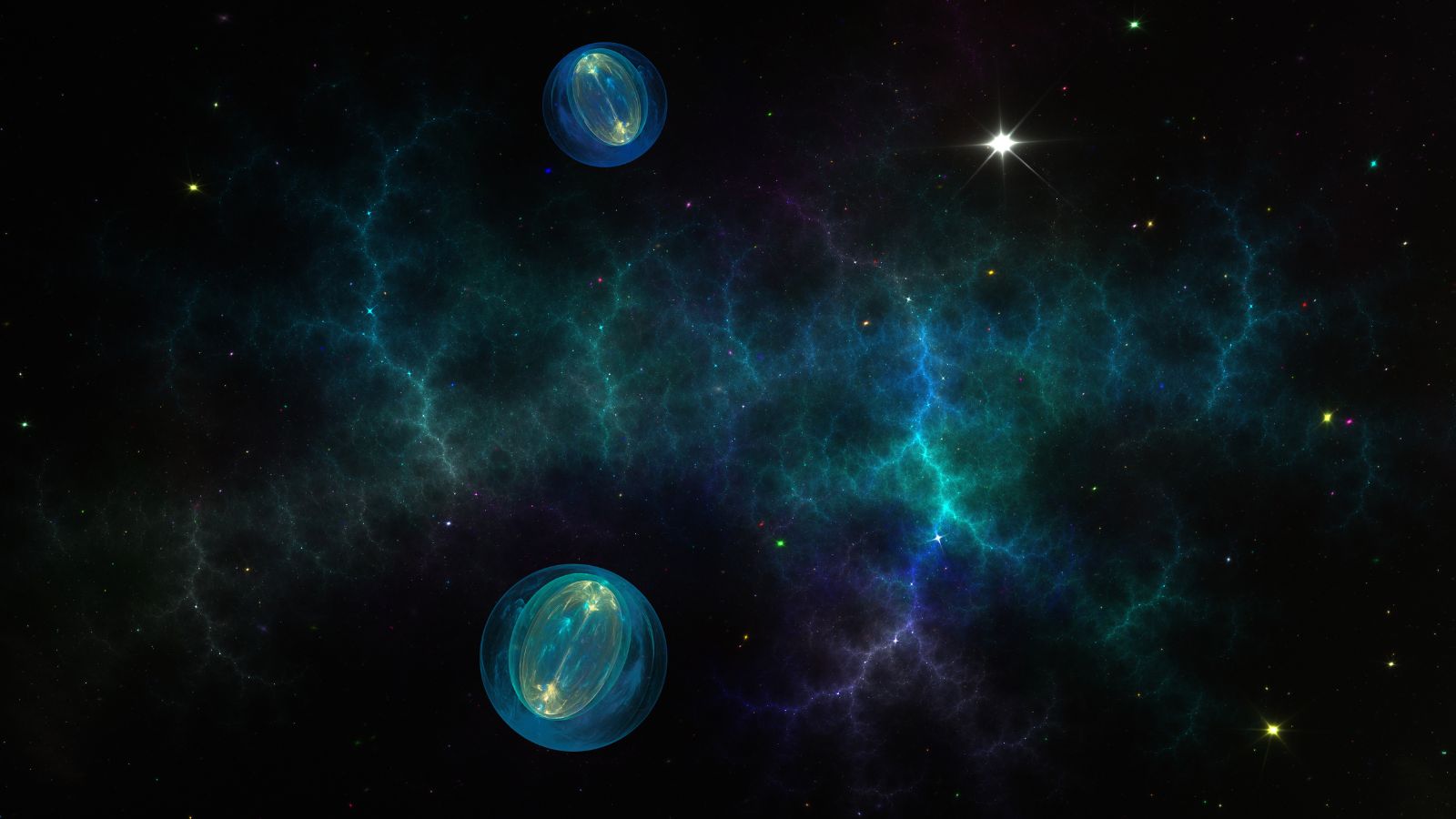
Neutrinos, nearly massless particles that interact only weakly with matter, wer first theorised in the 1930s to account for missing energy in radioactive decay. For decades, their existence was purely speculative due to their elusive nature. It wasn’t until the 1950s that neutrinos were experimentally detected, confirming their presence.
Epigenetics
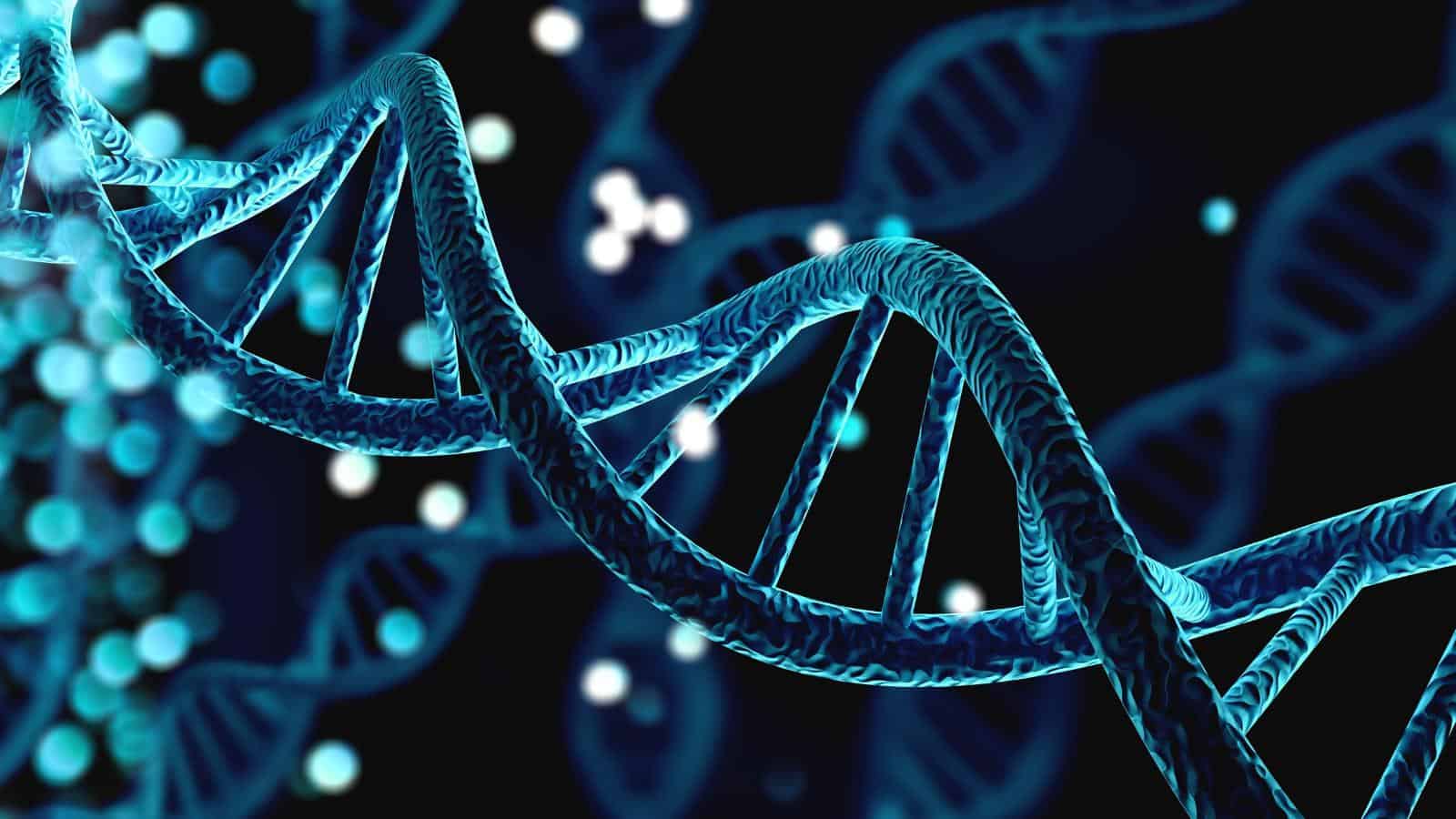
The suggestion that environmental factors can influence gene expression and can be inherited is known as epigenetics. It challenged the traditional view of genetics as solely dictated by DNA sequences. Initially met with scepticism, the field of epigenetics has grown rapidly, with research showing that factors like diet, stress, and toxins can affect gene activity and be passed down to future generations.
Dinosaurs and Birds
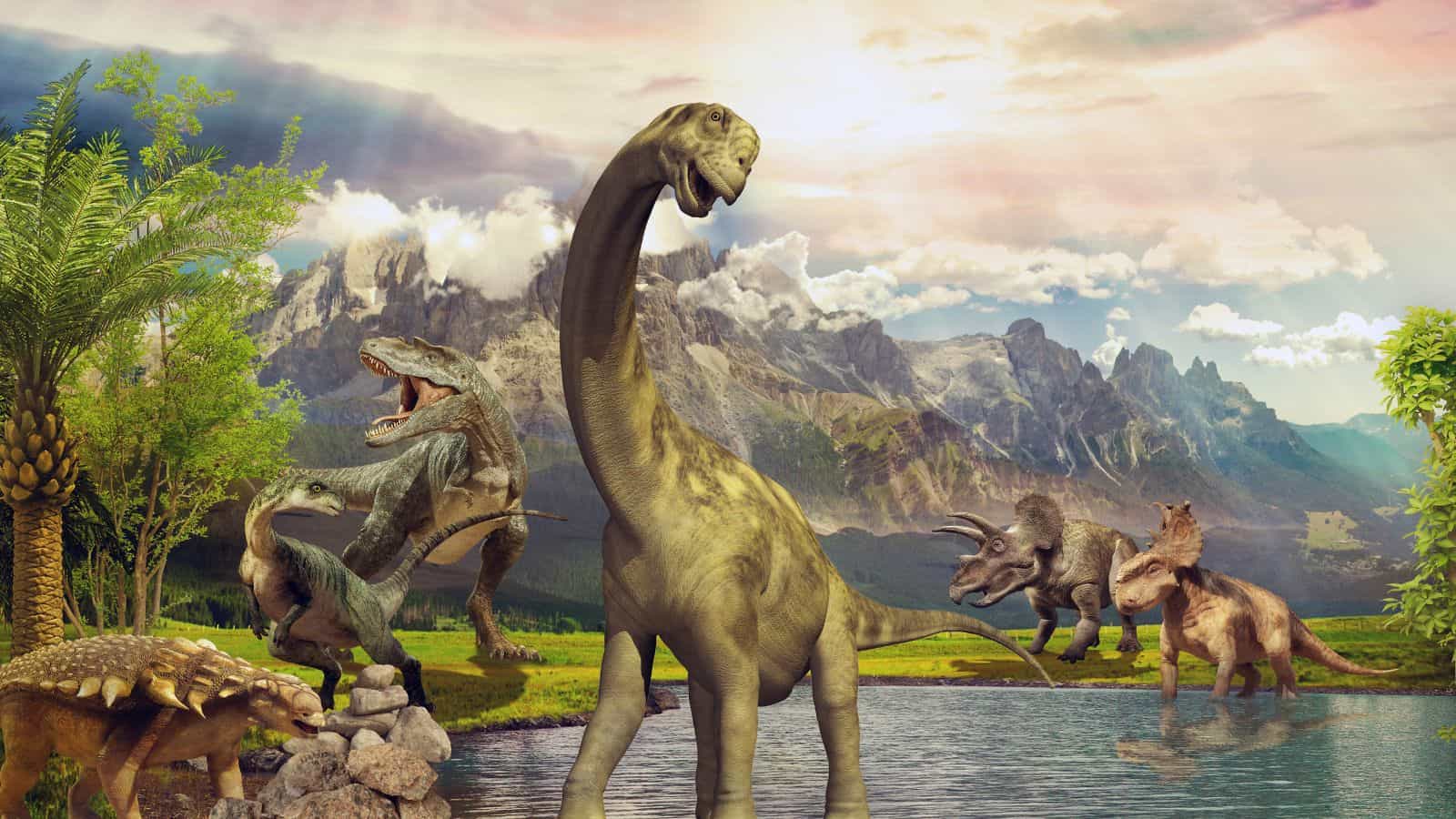
It was also an unconventional idea that birds are the direct descendants of theropod dinosaurs. However, early 20th-century discoveries of feathered dinosaur fossils provided compelling evidence for this connection. Today, it’s widely accepted that modern birds evolved from small, feathered dinosaurs.
Antibiotic Resistance
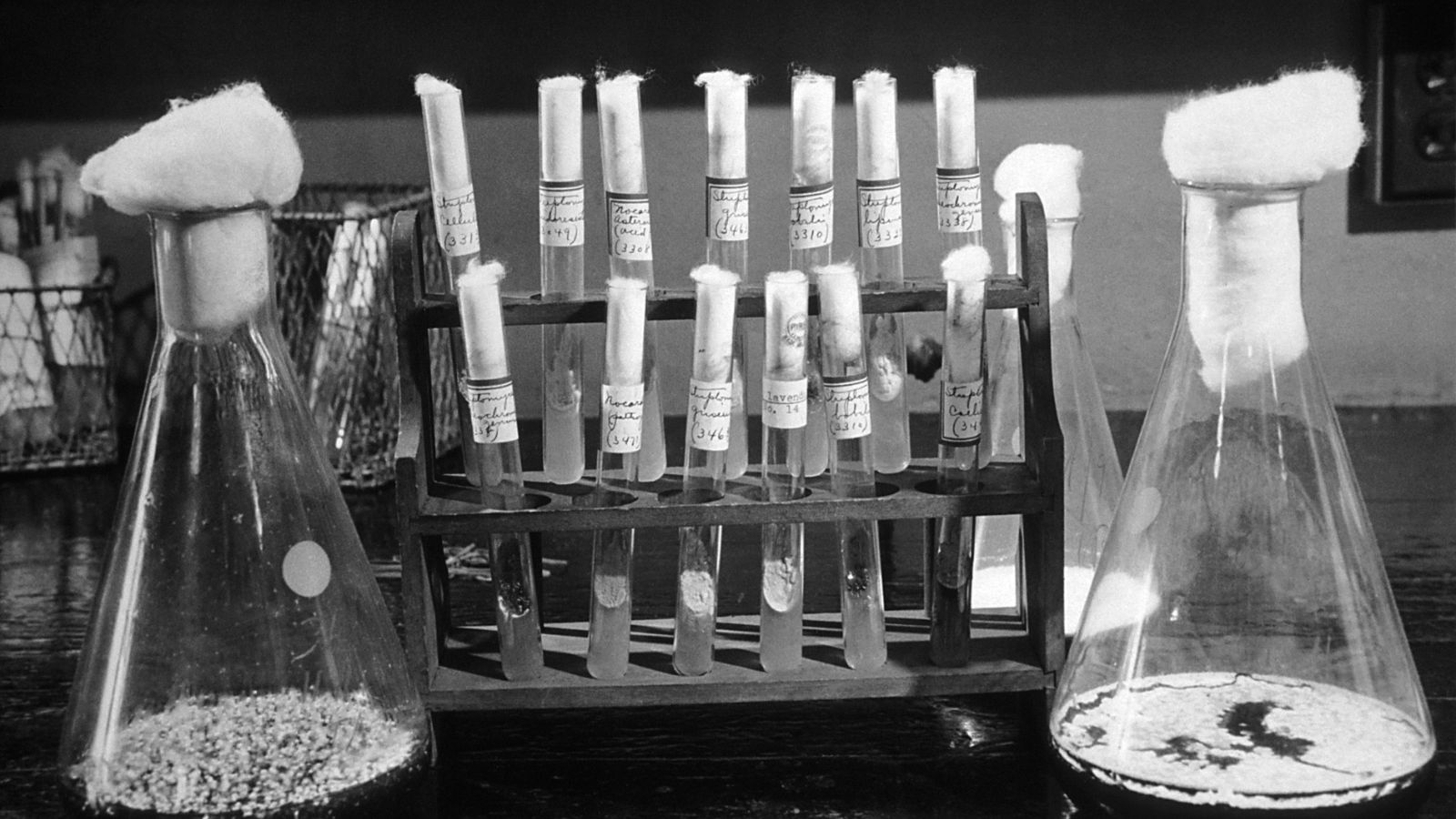
When Alexander Fleming discovered penicillin in 1928, it revolutionised medicine, promising to cure bacterial infections. However, the theory that bacteria could develop resistance to antibiotics if misused was initially overlooked. Today, antibiotic resistance is a significant global health challenge, confirming early warnings and highlighting the importance of responsible antibiotic use.
Cloning

The concept of cloning, creating a genetically identical copy of an organism, seemed like pure science fiction. This was until the successful cloning of Dolly the sheep in 1996. This breakthrough demonstrated that cloning was scientifically possible, opening new avenues in genetics, agriculture, and medicine.
The Multiverse Theory

A multiverse, or multiple universes existing alongside our own, was once the realm of science fiction and philosophical speculation. Yet cosmology and quantum mechanics developments have lent some credence to this wild theory. Concepts such as the many-worlds interpretation of quantum mechanics and the implications of string theory suggest that multiple universes could exist.
CRISPR and Gene Editing

Lastly, precise genetic editing, often depicted in dystopian fiction, seemed far-fetched until the development of CRISPR-Cas9 technology. This revolutionary tool allows scientists to edit genes with unprecedented accuracy, opening possibilities for curing genetic diseases, enhancing crops, and more.

